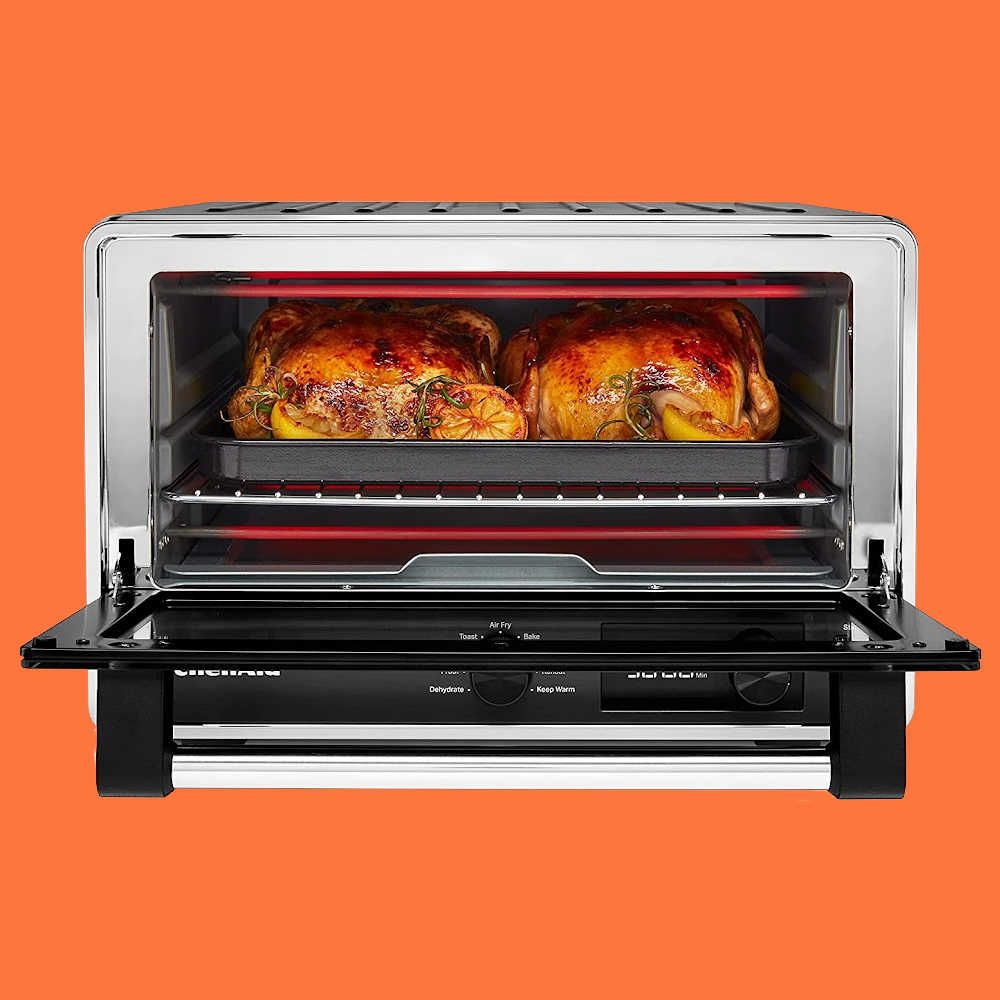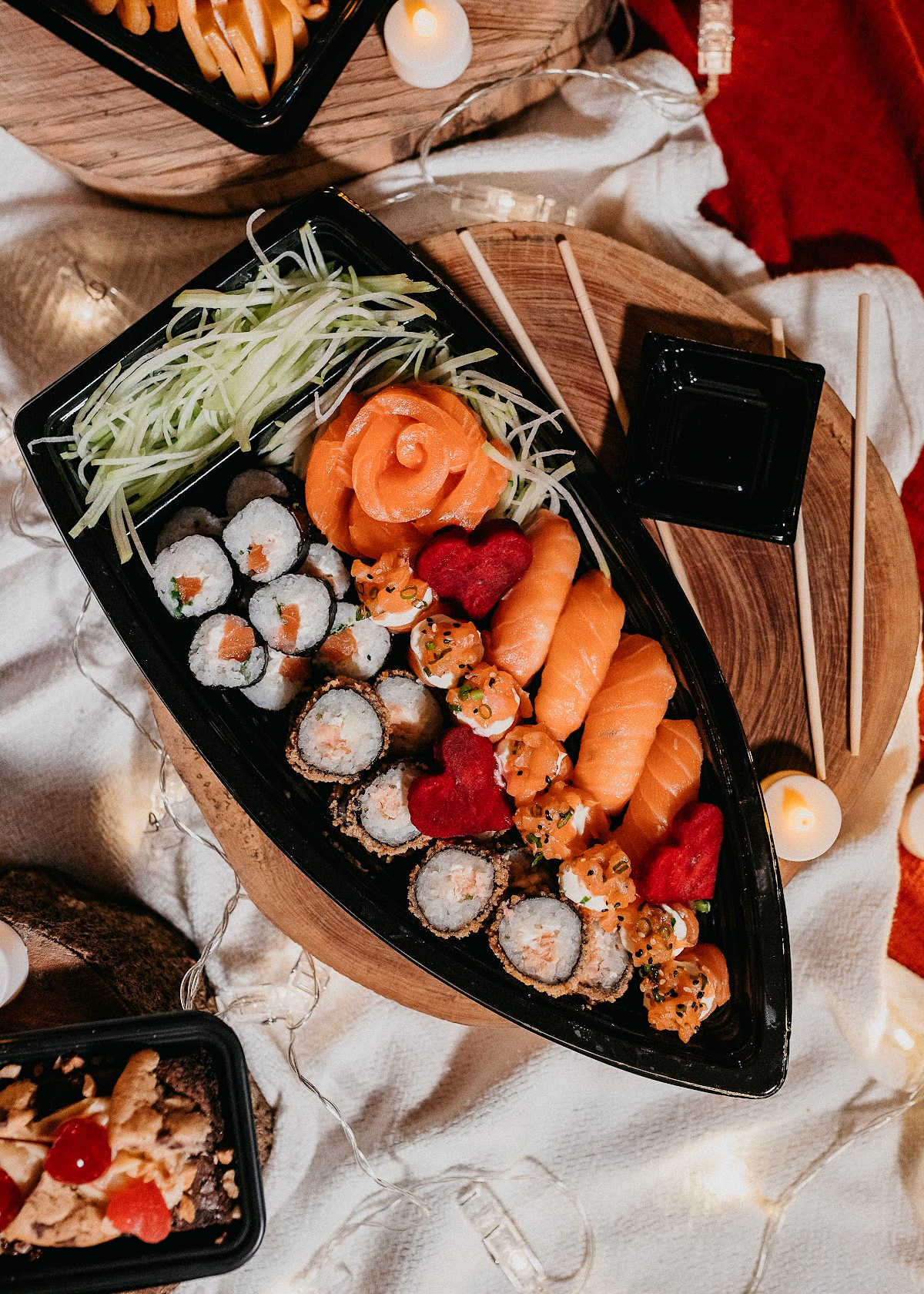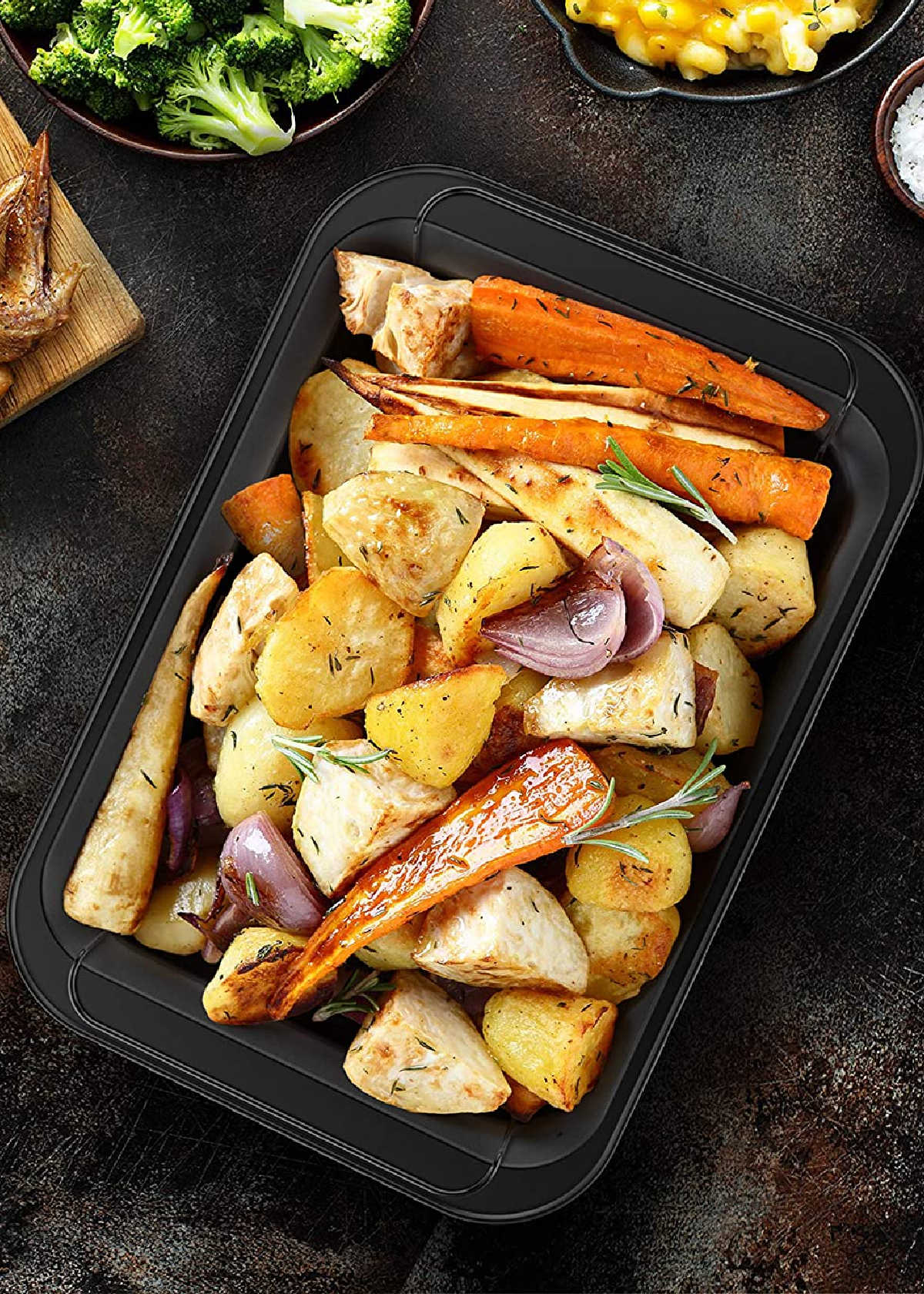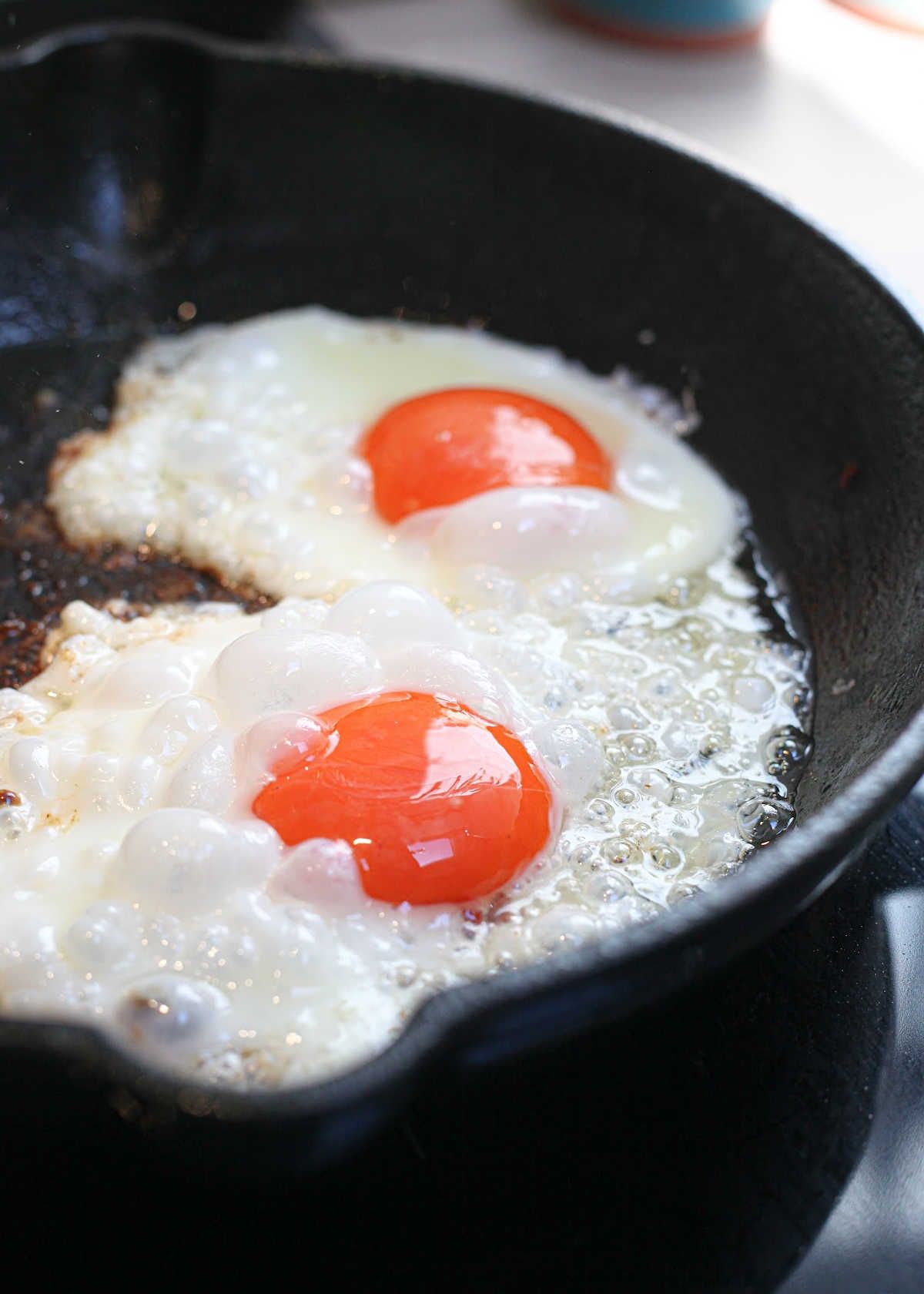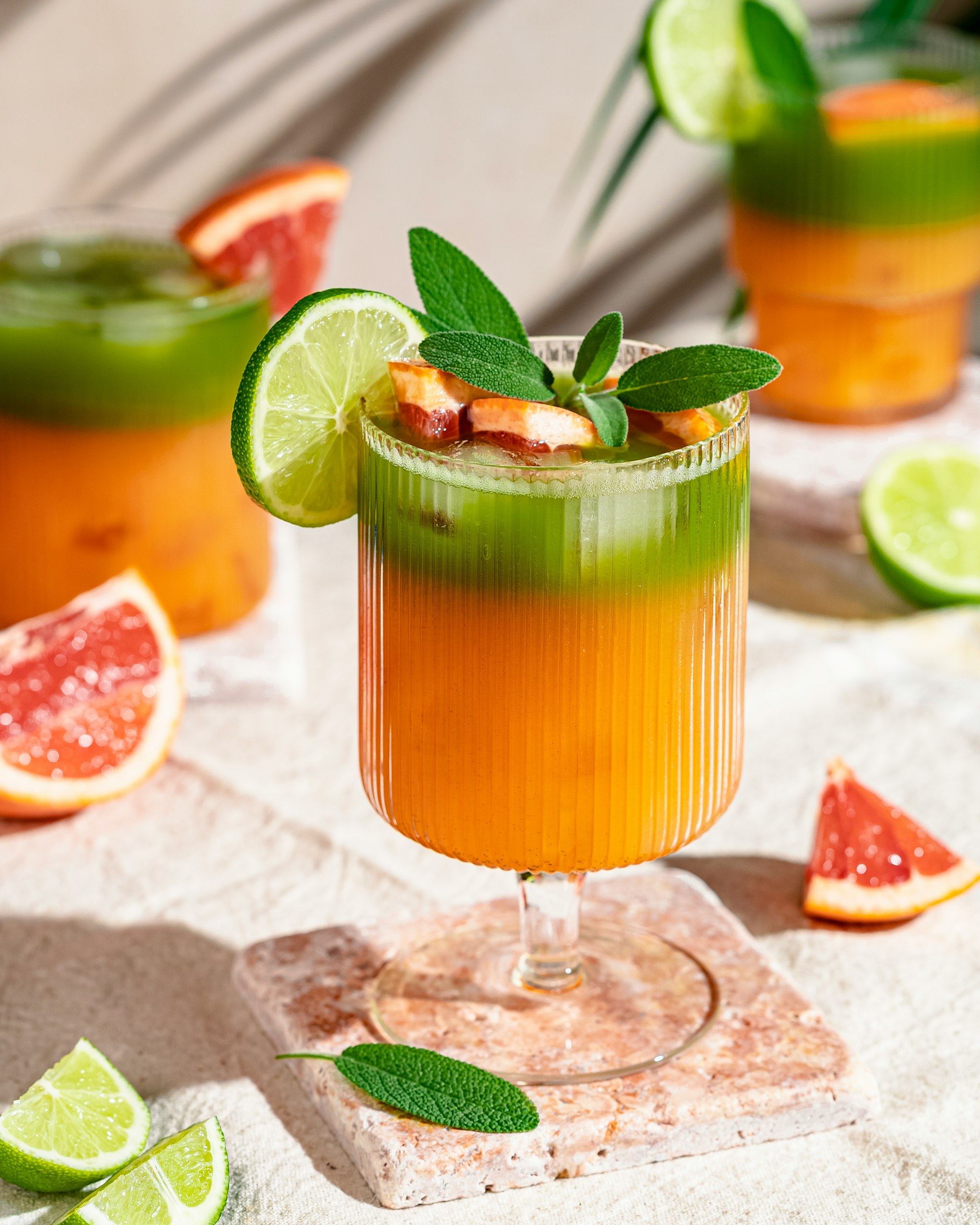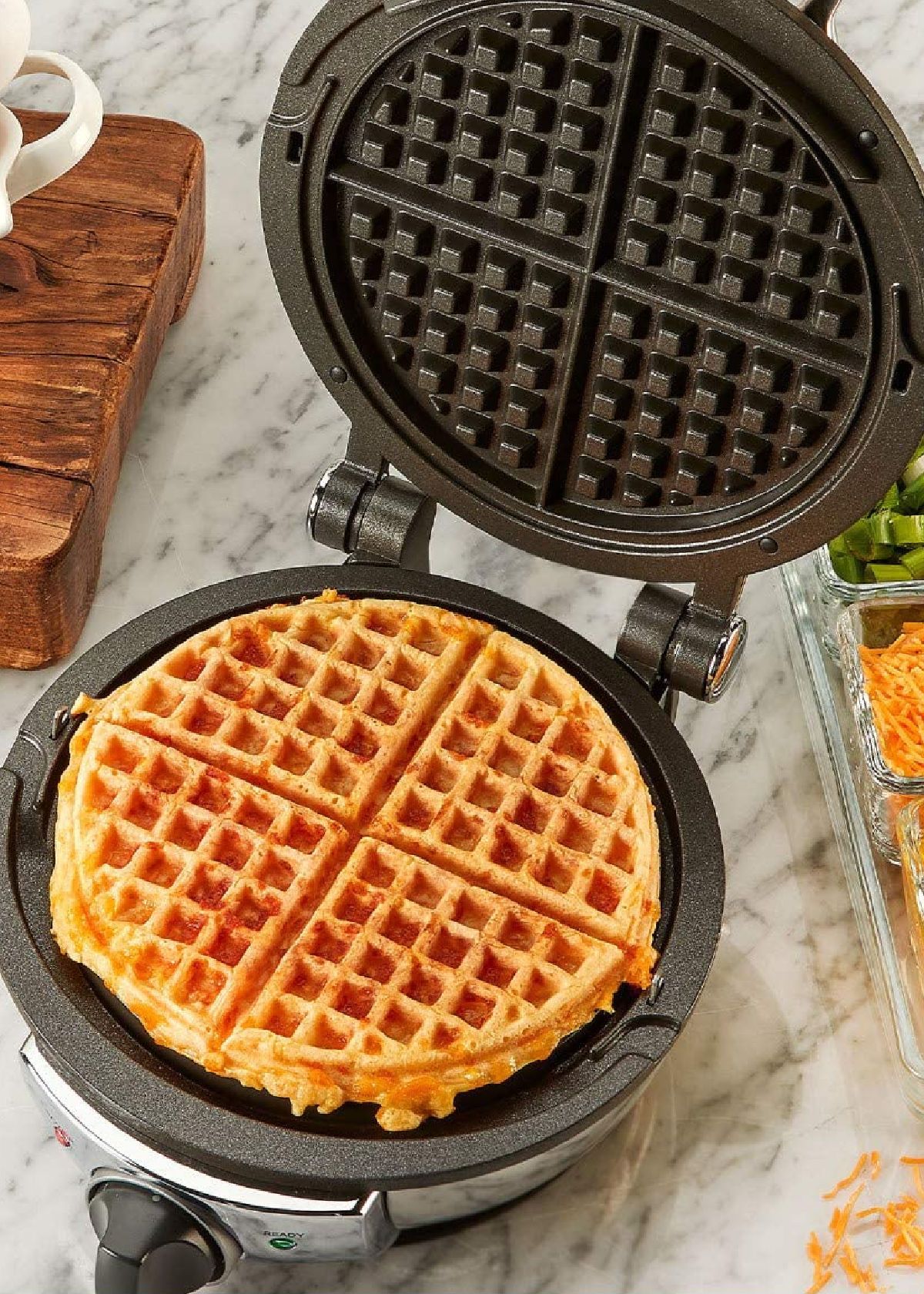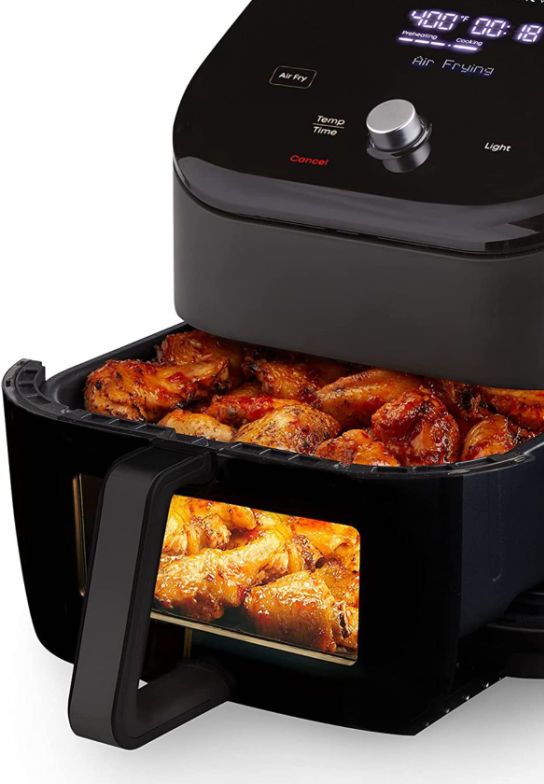Content Summary
Mini fridges are a great way to store food and drinks in smaller spaces. It’s essential to know how to properly control the temperature of your compact refrigerator to keep your food and drinks fresh and safe to consume.
In this guide, we will dive into the details of mini fridge temperature control, which is the coldest and warmest temperature to set your mini fridge to, and the optimal temperature for your food and drinks. Let's get started!
The optimal temperature range for a mini fridge is between 36°F-40°F. This range will help keep your food from spoiling while still preserving the taste and texture of the food.
Whether you're storing perishable items that need to be kept at low temperatures or items that do not require extremely cold temperatures. For that, you will need a fridge with a freezer compartment.


1. Mini Fridge Temperature Control
Before diving into setting the temperature, you need to understand how mini fridge temperature control works.
- Temperature control in mini-fridges usually operates on a simple (often digital) thermostat mechanism, just like any fridge. The thermostat controls the cooling cycle by switching the compressor on and off.
- Mini fridge temperature controls usually have a range of settings that allow you to adjust the temperature according to your preference.
- Depending on the model, some mini fridges have a temperature dial 1-5 or 1-7, or a digital display that shows the temperature.
- When the temperature rises above your set temperature, this adjustable thermostat switches on the compressor, and it cools the fridge down. When the temperature drops to the set temperature, the thermostat switches off.
- Keep in mind that the temperature is affected by many factors, including the location of your mini fridge, the outside temperature, if there's a freezer space, and how often you open and close the door.
2. The Temperature Control Settings
2.1. The Coldest Temperature
The coldest temperature setting for compact refrigerators should be between 32°F-40°F. This should be at the highest setting from 4-7, or the maximum number on your dial.
- If you want to store your food and drinks at their freshest, this is the temperature range you should aim for.
- This temperature range will keep your perishable food fresh for a longer time, especially meats, vegetables, and dairy products.
- However, if you set your mini fridge to a lower temperature, say 28°F, you risk freezing its contents. If you want to store frozen goods, get a fridge with a freezer.
2.2. The Highest Temperature
The highest temperature you can set your mini fridge to is between 40°F-55°F. This should be at the lowest setting from 1-3, or the lower settings on your dial.
- This temperature range is ideal for storing canned and bottled beverages.
- If you want to store non-perishable items such as beverages, fruits, or snacks, you can set your mini fridge to a higher temperature of around 40°F-44°F. This temperature range is also safe for leafy vegetables and fruits, for as long (3-4 days).
- It's important to note that for most mini-fridges, 50°F is the highest temperature setting.
- Realize that setting your mini fridge to such a high temperature can lead to spoilage of your food and drinks.
3. The Optimal Temperature
The optimal temperature for food and drinks depends mainly on the type of item you're storing. The right range of temperature will not only keep your food and drinks fresh but it also keeps them free from bacteria that can cause foodborne illnesses.
- Fresh fruits and vegetables should be stored 36°F-42°F.
- Leafy greens should be stored around 36°F. Tomatoes and cucumbers around 42°F.
- Dairy products such as milk, cheese, and yogurt: 32°F-40°F.
- Fresh meat, poultry, and seafood: 32°F-36°F.
- Breast milk: 39°F.
- Drinks, beer, and snacks: 40°F-44°F.
- Skincare products: 60°F. For this purpose, use a special mini fridge.
4. How To Set The Temperature On Your Mini Fridge
- Read the manual. To set the temperature, locate the temperature control knob on your mini fridge. Often mini-fridges may have digital temperature controls, while some use a dial or a slider.
- Adjust the temperature. Once you have located the temperature control, adjust it to your preferred temperature.
- Allow the fridge some time to reach the desired temperature before placing any food or drinks in it.
- Organize the food in the mini-fridge in different zones according to their optimal temperatures.
- How To Clean A Mini Fridge
- How To Defrost A Mini Fridge
- How To Organize A Mini Fridge


Temperature Control In Mini Fridges FAQs
Here are some of the most common questions about mini fridge temperature control:
What number should my fridge be on 1-7?
The coldest temperature setting for your mini fridge should be between 32°F-40°F, which is usually at the highest setting from 4-7, or the maximum number on your dial.
The warmest temperature you can set your mini fridge to, should be between 40°F-55°F, which is usually at the lowest setting from 1-3, or the minimum number on your dial.
Is 1 or 7 colder?
For most mini-fridges, 7 is the coldest temperature setting and 1 is the highest. However, this may vary depending on the model of your mini-fridge. Check the user manual for more specific information on temperature settings.
Can I store food and beverages at the same temperature?
Different types of food and drinks require different temperature settings to stay fresh.
- Fresh fruits and vegetables should be stored at a temperature between 36°F-42°F.
- Dairy products such as milk, cheese, and yogurt should be stored between 32°F-40°F.
- Fresh meat, poultry, and seafood: 32°F -36°F. Breast milk: 39°F. Soft drinks, beer, and snacks: 38°F-44°F.
How do I know if my fridge is cold enough?
The best way to ensure that your mini-fridge is cold enough is to use a thermometer. Place the thermometer in different zones of the fridge and check the temperature to see if it is within the recommended range for different types of food.
Why is my fridge freezing food?
If your mini fridge is set to a colder temperature than recommended, it may be freezing the food.
The coldest temperature setting for your mini fridge should be between 32°F-40°F, which is usually at the highest setting from 4-7, or the maximum number on your dial.
Setting your mini fridge to a lower temperature, say 28°F, will cause the food to freeze and can damage both food and fridge.


Tips & Tricks
Here are a few additional tips to help you maximize the lifespan of your mini fridge, and your food and drinks. (From experience, I can say that dorm room fridges are often in worse shape than home fridges.)
- Don't open the fridge so frequently: Keep the door closed as much as possible. Ambient temperature slips in, making your fridge "loose its cool", using more energy, and making more noise. Consider a reversible door.
- Don't overload your mini fridge: Avoid overstocking your fridge as this can impede proper air circulation, and can cause the temperature to rise, leading to spoilage. Like #1, it needs to work harder.
- Don't let the fridge build up frost: Regularly defrost your fridge to remove any frost build-up as it can affect temperature control.
- Don't let your fridge expose to heat sources: Keep your mini fridge away from heat sources (direct sunlight, oven, heating vents, as these can affect the temperature.
- Don't ignore the dirt: Clean your mini-fridge regularly, especially the coils and vents. Dirty coils and vents can cause the fridge to consume more energy, making it harder to maintain the optimal temperature.
- Dorm rooms: get the unanimous agreement of all users to properly take care of the fridge.
Need a solution with fridges to keep your food and drinks at the right temperatures? Check out our picks of the best mini-fridges with glass doors and the best mini-fridges with freezer compartments to find your suitable one!
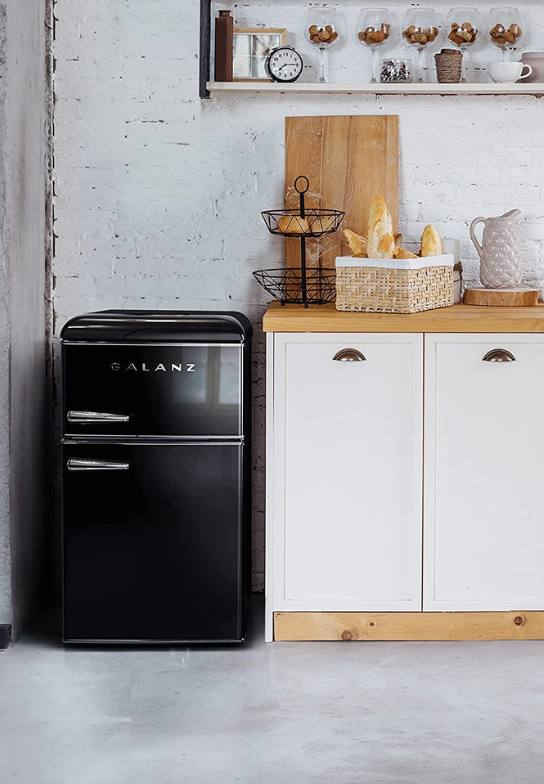

With these tips, you can ensure that your food and drinks stay fresh and safe for consumption.
Happy cooling!
Catchy Finds




